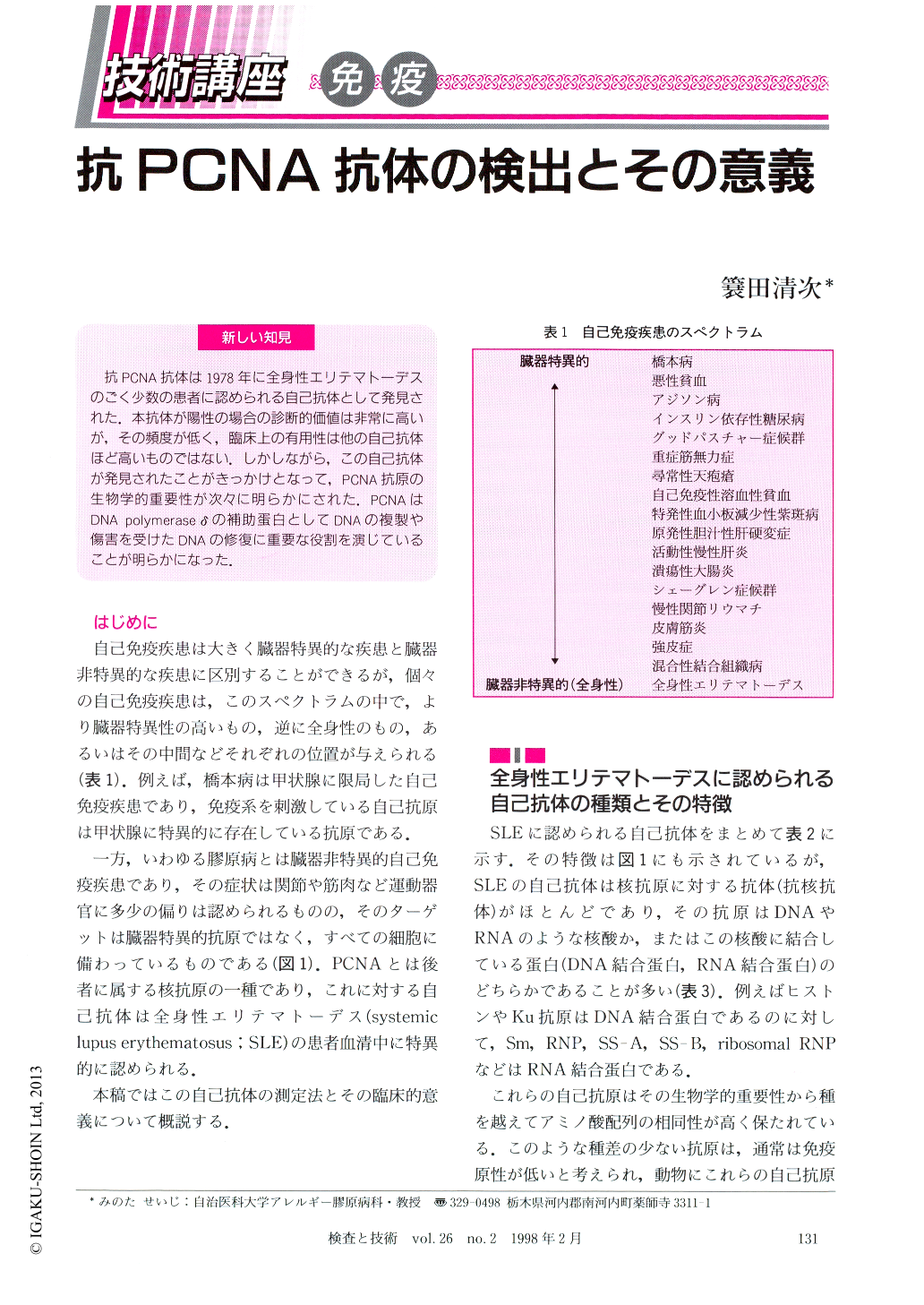2 0 0 0 退院時のステロイド量と退院後の感染症発症率
- 著者
- 青木 葉子 岩本 雅弘 木村 洋貴 長嶋 孝夫 吉尾 卓 岡崎 仁昭 簔田 清次
- 出版者
- 自治医科大学
- 雑誌
- 自治医科大学紀要 (ISSN:1881252X)
- 巻号頁・発行日
- vol.30, pp.29-36, 2007
Objective Prednisolone has traditionally been tapered below 30 mg daily before patients are discharged from hospitals in Japan because of concerns regarding the development of infectious complications. We undertook this study to compare the incidence of infectious complications in patients taking more than 30 mg of prednisolone daily with those taking less than 30 mg. Patients and Methods The medical records of fifty-seven patients with systemic lupus erythematosus (SLE) were reviewed retrospectively, and divided into three groups based on the dose of glucocorticoids at the time of discharge: group A (n=13), newly-diagnosed SLE patients taking more than 30 mg of prednisolone daily; group B (n=22), newlydiagnosed SLE patients taking less than 30 mg; and group C (n=22), patients with an established diagnosis taking more than 30 mg daily for the treatment of an exacerbation of symptoms. The development of infectious complications within two months after discharge was identified from a review of the medical records to determine the effect of glucocorticoid dose at the time of discharge on the subsequent development of infectious complications. Results Two patients in group A and three in group C developed infectious complications within two months following discharge, while no patients in group B contracted an infection. These included herpes zoster in group A (n=2) and herpes zoster, urinary tract infection and Pneumocystis jirovecii pneumonia in group C (n=3, one each). However, the incidence of infectious complications comparing groups A and B, and groups A and C was not statistically significantly different( p>0.05). There was no correlation between the incidence of infection and the total dose of glucocorticoids given during admission.Conclusion Although this study was retrospective and involved only a small number of patients with SLE, there is no increased risk of developing infectious complications in pa-tients receiving more than 30 mg of prednisolone daily at the time of hospital discharge, compared to those taking less than 30 mg. Based on these results, prolonging hospitalization only to reduce the dose of prednisolone to less than 30 mg daily lacks justifiable grounds, even if it has been a tacit consensus in Japan.
